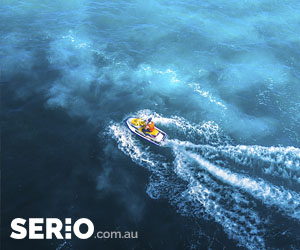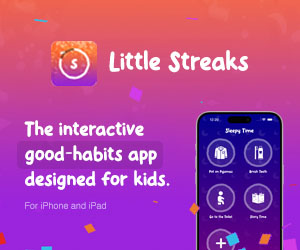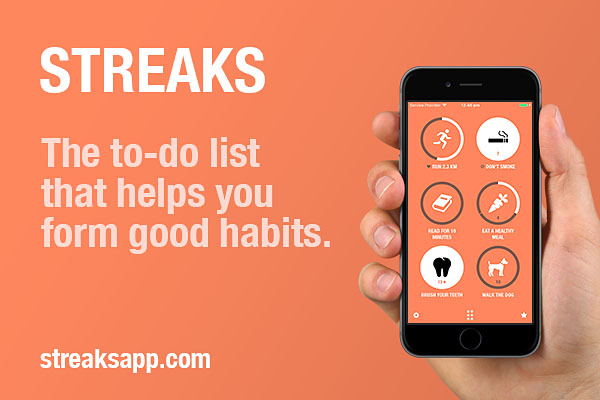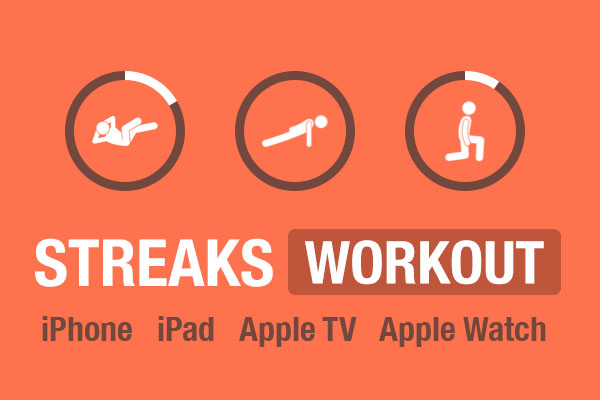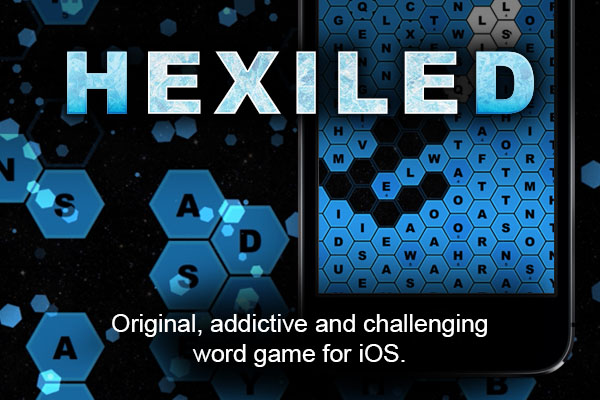Here you go Freddie:
It is the initial $7m outlay to save a league that - helped by another $70m of investment – might be worth far more than $350m today.
Larry Kestelman will soon mark 10 years since he bought the National Basketball League in 2015. It was a move to save a failing sports league that has since been turned around and is now by far at its healthiest in its near five-decade history.
On and off the court.
Today, Kestelman presides over a league with 10 privately owned teams with valuations that mostly start at $30m and in the case of the Sydney Kings – majority owned by Tesla chair Robyn Denholm – nearer $50m.
In an interview to mark the coming anniversary of his takeover, Kestelman reveals to The Weekend Australian that the league itself is profitable in its own right, discusses plans for a big increase in the amount of games each team will play and that he would be disappointed if the NBL didn't have "at least 14 or 15 teams within five to seven years".
Kestelman, a member of The List – Australia’s Richest 250, founder of internet group Dodo, successful property developer and owner of a conglomerate of retail brands, also drops a hint as to how much income the NBL generates centrally each year – and the time he spends on it.
“Basketball right now, revenue-wise, represents 7 per cent of my group. And it represents between 50 and 60 per cent of my time,” Kestelman says with a laugh in his Melbourne office.
Given all the companies involved in his wider LK Group, which includes private equity holdings and stakes in businesses such as the highly profitable Philippines-based call centre provider Acquire, has estimated annual revenue of about $1bn, it means the NBL’s annual revenue is about $70m.
That is also about the same figure Kestelman has pumped into the league himself, after that initial $7m outlay. But with increasing broadcast rights and sponsorship deals, he says the NBL is now in surplus.
“I’m happy to report that over the last couple of years, finally we have started turning a profit,” Kestelman says. “Okay, I’m certainly still a long way behind from my original investment but I truly believe in the future of the league, and I’m very confident I will get my investment back at some stage and hopefully turn an overall profit.”
What that eventual profit looks like is up in the air, given Kestelman then admits he has no intention of selling any time soon.
“The only time I will consider investment is from strategic global investors, that may help the global evolution of the league. I have no interest in selling otherwise. I have no interest in going anywhere. I think there’s a huge amount of work still to be done and I’m committed more than ever to the league.”
In capital growth terms and on paper at least, Kestelman steadfastly believes the NBL is closing in or even surpassing the value of soccer’s A-League, which got – and then quickly spent – a $140m injection from private equity firm Silver Lake in 2021 for a 33 per cent stake that valued it at about $420m.
In revenue terms, the A-League would likely be ahead of basketball given its five-year $200m TV deal against the NBL’s three-year contract worth $45m, though there are nuances to both deals.
Kestelman is adamant his sport is more profitable.
“We have five clubs budgeting to break even or better,” he says. Some other teams make small losses, and then others are more substantially in the red. All up, the total losses may be $10-15m each year.
Kestelman is buoyed by the capital growth of team valuations too. Sydney has been valued at close to $50m, the Perth Wildcats at $40m when Craig Hutchison’s Sports Entertainment Network agreed to sell it to entrepreneur Mark Arena earlier this year, and Melbourne United the same when Kestelman himself sold a stake in March.
Annual revenue for NBL clubs, according to Kestelman, ranges from $5m for the smaller regional-based teams to about $17m for the biggest teams based in capital cities.
He says that even the likes of the Brisbane Bullets, of which US investors recently bought a stake, have been valued at $30m on paper.
While that sounds like a big number for Australian sports teams, Kestelman insists on a global scale – and he believes the NBL to be the second-best league in the world behind only the US behemoth National Basketball Association (NBA) – those figures are actually a bargain.
“What’s happened over the last three to four years is the business of sport as a category has now arrived, So there’s been a lot of investment and I think now a lot of people are starting to treat the business of sport as a true business not a hobby, not as something just for wealthy people to come and participate in, as a trophy of success, but as a true business category that can succeed,” Kestelman says.
“Valuations are going crazy along with that you’ve got clubs and businesses [overseas] being valued on multiples of revenue – 10 to 15 times revenue. So there’s definitely a lot of interest in the category, and I think the reason is that everyone’s realised the sport is the last bastion of grabbing people’s attention live.”
While he basks in the relative success of the NBL, even in a country where the AFL, NRL and cricket still draw the biggest crowds and TV numbers, Kestelman says club owners also deserve credit for lifting the standards off the court in terms of getting more fans and sponsors through the gates and raising commercial revenue.
But given Kestelman owns the league and the owners of the 10 teams don’t (the NBL still controls the Tasmania Jackjumpers), it raises the question how long until the owners want a greater say in the overall business.
Kestelman says he is not going to cede control and says the health of the league means more money is flowing to the clubs, with each getting a $450,000 central distribution. (The A-League’s distribution has fallen to $530,000).
Some owners have started to grumble behind the scenes that Kestelman’s model is more beneficial to him than the clubs themselves, a notion he not surprisingly refutes.
“I truly believe the model is working. The league is now profitable and continues to grow. And distributions are going to clubs too. Before my involvement, total distributions for 40 years was zero. We are now distributing, for the first time in the history of the sport, money to the clubs.”
Kestelman also hits back at criticism he has been slow to sell the Jackjumpers, the 2024 NBL champions, or is asking too much – at least $30m – for a team based in a relatively small market of Hobart with a home stadium that has a capacity of less than 5000.
“We want to find the right owner. We could do a deal tomorrow, yeah, but it’s about finding the right owner at the right value. And I can say that I think we’re getting very close.”
In terms of clubs that may be losing money, Kestelman says he wants to set up an in-house consultancy in the style of the NBA’s Team Marketing and Business Operations (TMBO) that helps clubs with marketing and other commercial matters on a needs basis.
It was all a different story when Kestelman, then the owner of what was the Melbourne Tigers from 2012 (it later morphed into the modern day Melbourne United) was convinced by his mother and son to help save a league that was perennially teetering on the brink of oblivion, then operating under governing body Basketball Australia.
More than 30 clubs had gone broke since the NBL started in 1979 and Kestelman counts 15 iterations of teams in Melbourne alone before he got involved.
At that stage, the NBL had no television broadcast deal and few sponsorship deals save for one with sports brand Wilson to supply balls. Kestelman has since signed blue-chip sponsors like Hungry Jack’s, Bunnings, Chemist Warehouse, AAMI, Sportsbet, Kmart and plenty more, as well as a broadcast deal with ESPN and Network 10.
“I really believed that I could turn it into a sustainable product. I never sat and talked exact numbers, but such an amazing sport like basketball can be successful. Part of it is because of the grassroots foundation when you’ve got a million-plus participants and you look at the global success. I really believed it wasn’t the sport that was broken. It was the model.”
As for what comes next, Kestelman has that target of 14 to 15 clubs playing more games – “we play 28 and the NBA plays 82 plus playoffs, so we should be somewhere in the middle and that will help clubs who derive their revenue from attendance and corporate hospitality” – and in more markets than just Australia and New Zealand.
“We’ve got approval to look at teams out of Asia, potentially one or two. We’ve got an MOU (memorandum of understanding) with Japan, and they’re probably at the front of the line for us to explore. I’ve just come back from Indonesia, and we’re looking at other countries such as Singapore,” he says.
“If we can unlock some Asian markets, that’s a game changer.”

